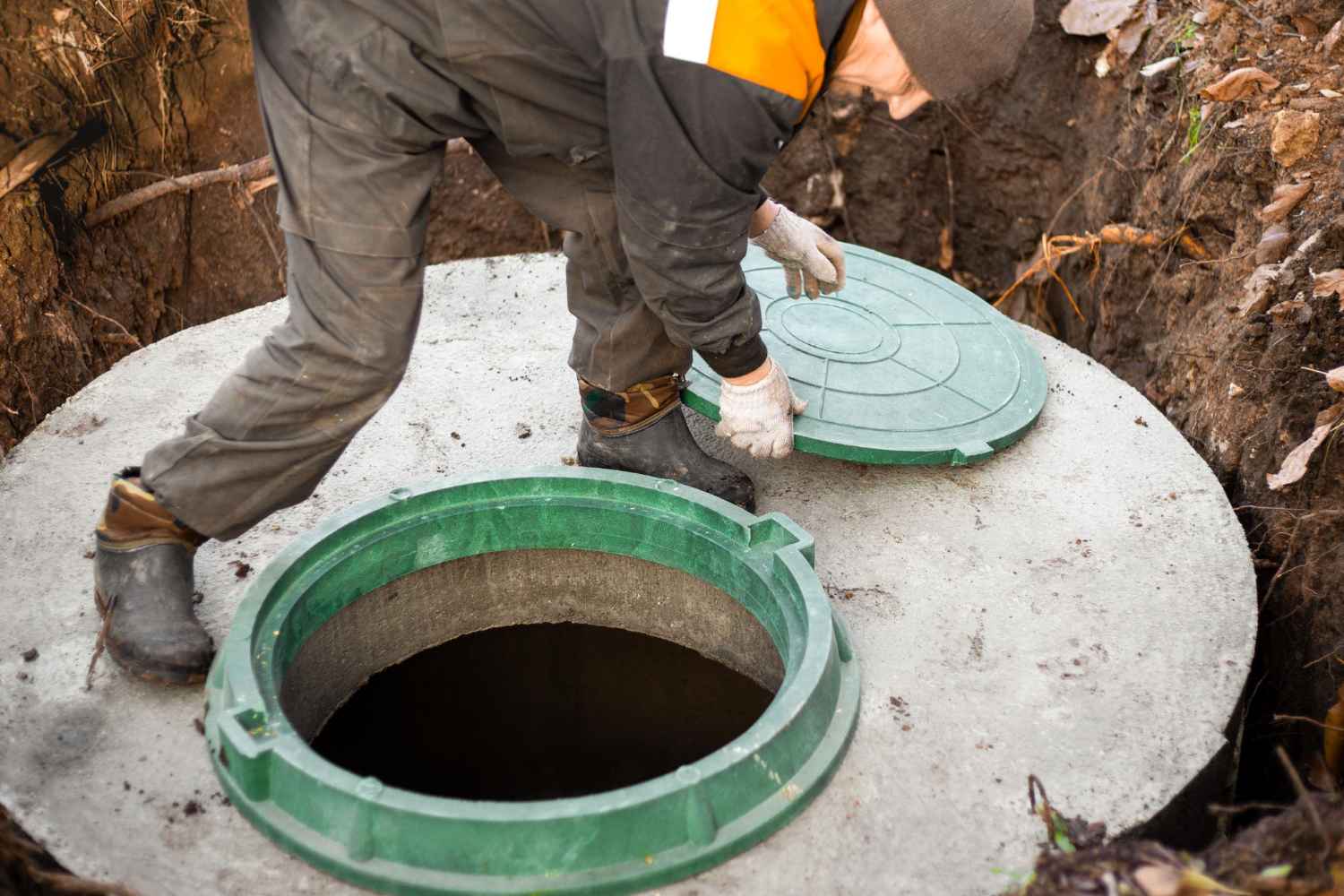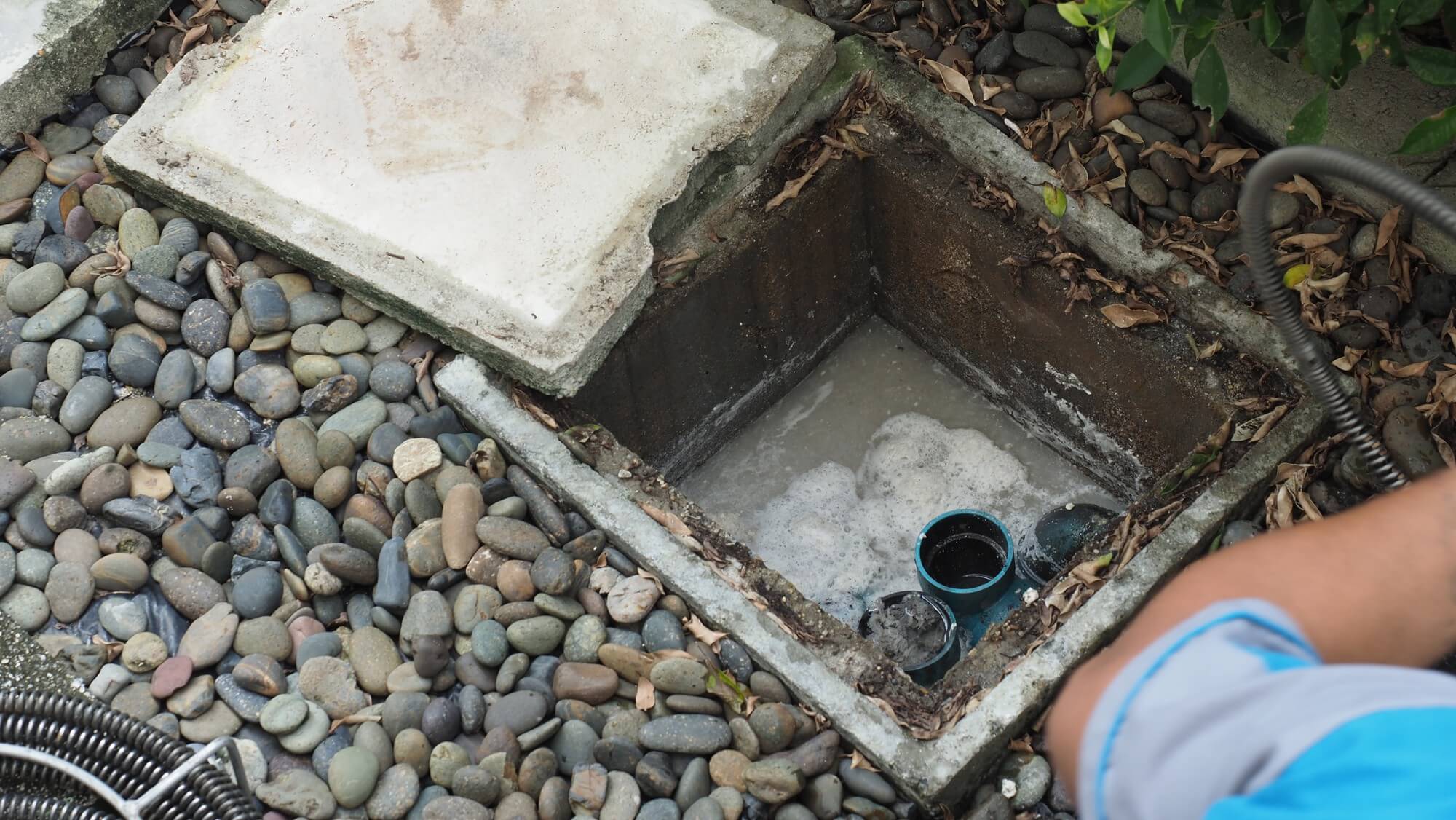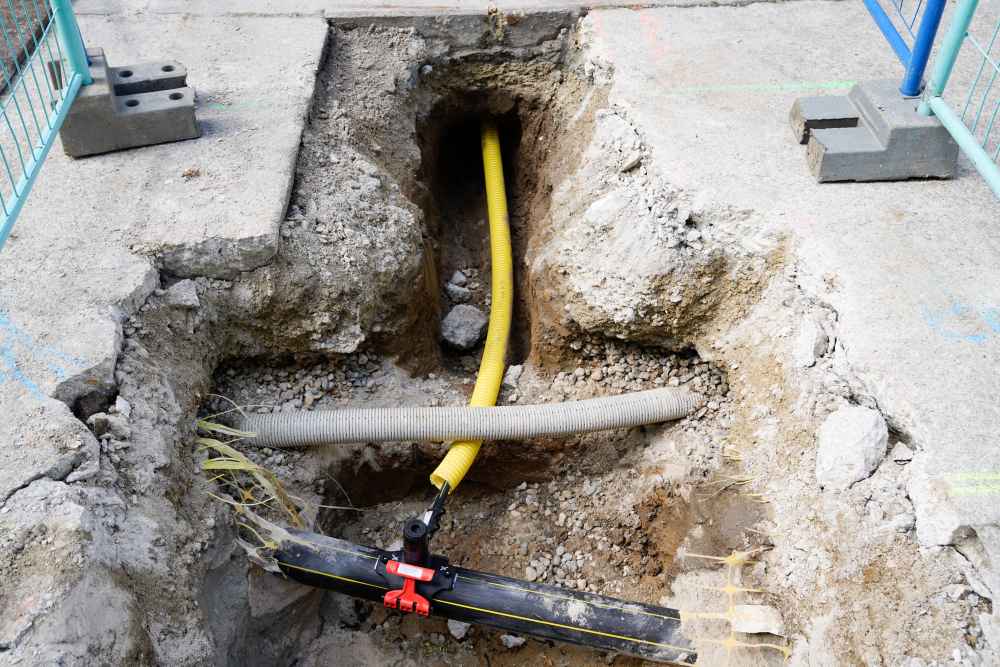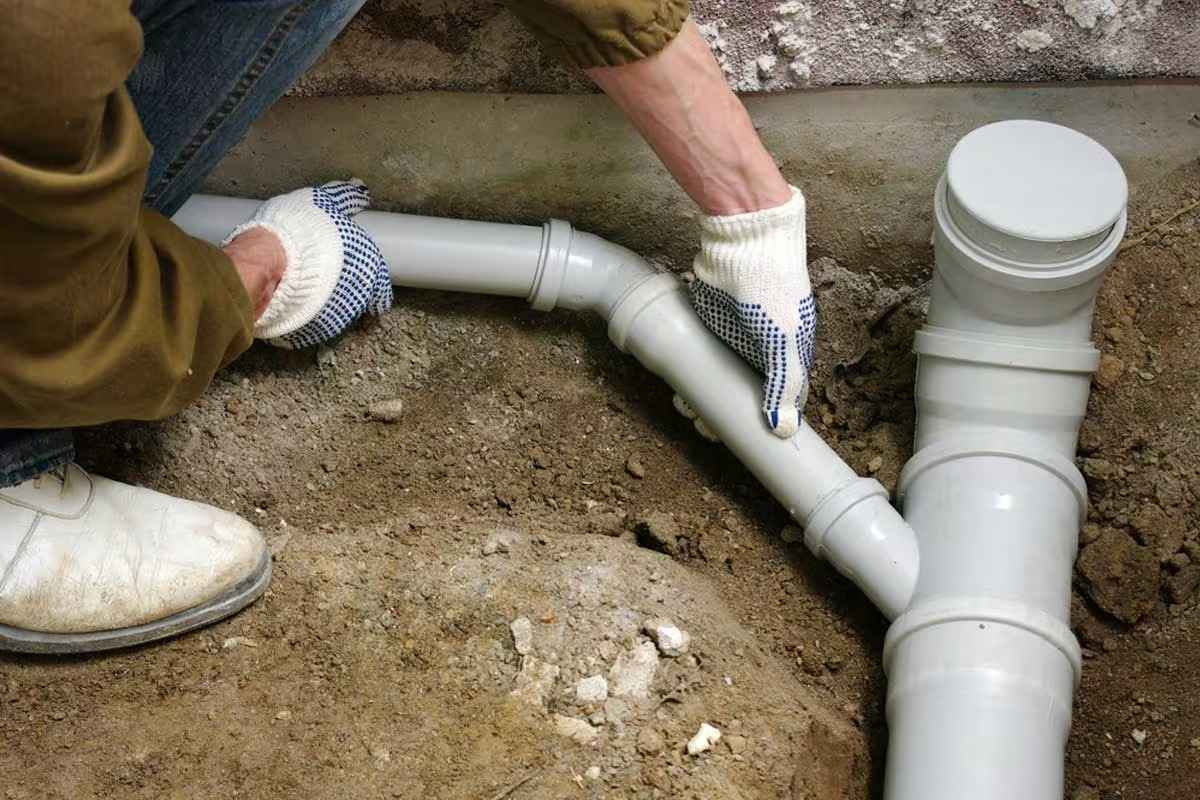Category
Blog
Date
April 27, 2025
Author
Marco


If you have never encountered a septic tank previously, it might be because your home is connected to a municipal sewer system. However, it is very useful for your settings if you don’t have access to a municipal wastewater collection and treatment system. Imagine flushing your toilet without needing pipes to the sewer. A septic tank on your property takes care of that issue.
Septic tanks offer a legal and environmentally responsible solution in rural parts of the UK or off-grid living situations, where sewer systems are unavailable or impractical.
If your property uses a septic tank, it’s crucial to have a brief understanding of how it functions. Understanding its working mechanism will help you maintain it and classify any potential issues. Because the septic tank is located below ground, it can be a bit challenging to observe what’s happening inside it. This guide explains how it works and provides key considerations for maintaining it effectively.
A septic tank is an onsite wastewater treatment system (OSWTS) used to treat wastewater from a building. A septic tank is an underground wastewater treatment structure used in areas where homes aren’t connected to the main sewer network. It works by holding wastewater from a property, allowing solids to settle out and form sludge at the bottom, and then partially breaking down the remaining liquid with the help of bacteria. Instead of going to the local sewage system, the waste is collected in this tank, which is typically buried beneath your property. This tank uses bacteria to break down organic waste. Understandably, solids have a hard time draining out, so bacteria consume the wastewater to reduce it completely. This allows you to keep using the tank without any fuss even after repeated flushes.
Liquids in this tank seep through a soakaway, while waste remains for bacteria to break down and decompose. Some older tanks that lack components, such as soakaways, water drains directly into nearby watercourses, which is now illegal under the Environment Agency’s General Binding Rules. Properties with no main sewage connections typically require septic tanks, which, when properly maintained, don’t emit unpleasant odours.
Septic tanks offer a sustainable wastewater solution, especially in rural areas. However, they require regular maintenance and can cause ecological issues if not properly managed.
Cost-Effective: Septic tanks generally cost less to install and maintain compared to connecting to a public sewage system.
Independent Systems: These systems operate independently, with no reliance on city sewer infrastructure, which can be particularly beneficial in rural regions.
Environmentally Friendly: Septic tanks effectively treat wastewater, thereby reducing the burden on city treatment facilities and minimising water pollution.
Reliability and Durability: With regular maintenance, these tanks can last for many years, sometimes up to 40 or even 50 years.
Self-Sufficient: They do not need external power sources for operation, making them dependable in areas with unreliable power grids.
No Monthly Fees: Unlike sewer systems, septic tanks don’t come with recurring monthly utility bills.
Perfect for Rural Properties: They are ideal for homes in rural areas where sewer systems are not easily available or economically feasible.
Potential for Environmental Damage: If a septic system fails or is poorly maintained, it can soil groundwater and surface water sources.
Initial Installation Costs: Although typically less expensive than sewer connections, the initial expense of a septic system can still be considerable.
Maintenance Requirements: Regular pumping removes mud and debris; therefore, proper maintenance is crucial for its lasting functionality.
Restrictions on What Can Be Flushed: Certain items, such as grease, food scraps, and specific types of paper, are prohibited from being flushed down the toilet, as they can damage the plumbing system and septic tank’s efficiency.
Potential for Clogs and Backups: If the system is poorly maintained or if the wrong materials are flushed, blockages and backups can occur, leading to unpleasant odours and costly repairs.
Space Requirements: Septic tanks and drain fields require a designated area on your property, which limits placement options.
Risk of Failure: Like any plumbing system, septic tanks are prone to failure, which can lead to costly repairs or replacements.
Potential Health Risks: Malfunctioning septic systems can lead to health hazards, especially if they pollute the water supply.
This underground tank receives wastewater from the house. It separates solids from liquids using gravity, making solids sink to the bottom while liquids flow out to the drainfield.
This soil area is intended to accept and refine the effluent from the system. Perforated pipes are buried in trenches filled with gravel, allowing the effluent to seep slowly into the soil for natural filtration and treatment.
These pipes carry wastewater from the house to the septic tank and then to the leach field.
Some systems have a box that evenly distributes the wastewater from the septic tank to the drainfield pipes.
The soil in the drainfield plays a vital role in filtering and treating effluent before it re-enters the groundwater. Microbes in the soil effectively break down contaminants.
A septic tank system functions by digesting organic matter and separating solids from sewage, allowing natural decomposition of the organic matter. The process involves:
Wastewater from toilets, sinks, showers, and appliances enters the septic tank through an inlet pipe.
Inside the septic tank, the reduced velocity of water allows heavier solids, such as sludge, to settle at the bottom, while lighter substances, like oils and grease, float at top layer. A clear liquid, known as effluent, forms between the sludge and scum.
Anaerobic bacteria in the tank break down the organic material in sludge and scum, converting it into less harmful substances.
The clear liquid, known as effluent, is consequently released from the tank into a designated drainage area or soakaway.
As the effluent seeps into the soil, it undergoes additional treatment, as harmful bacteria and nutrients are naturally detached through filtration and absorption.
The treated water infiltrates into the groundwater table, thereby completing the hydrological cycle.
If your septic tank discharges into a watercourse, UK law requires you to upgrade your system to a compliant drainage field by law. Failure to comply may result in enforcement notices or fines from the Environment Agency.
There are multiple signs that indicate your septic tank needs maintenance, including:
Slow Drains: If your drains, including toilets, sinks, and bathtubs, drain more slowly than usual, it could be an indication that your septic tank is full or has a blockage.
Gurgling Noises: Hearing bubbling sound in your plumbing systems, particularly when flushing the toilet or running water in the sink? It could be an issue with the system or the drain field.
Foul Odours: Bad smells around your home, especially near the septic tank or drainfield, may indicate that your tank is full or has other issues.
Lush, Green Grass: If you notice unusually lush, green grass growing over the drain field, it may be a sign that the drain field is absorbing eutrophic wastewater due to a full or faulty septic tank.
Standing Water or Damp Spots: Dampness or standing water near the septic tank or drainfield is a crucial warning sign that the system may be failing or that the tank is overloaded.
Other Signs: Other possible signs include toilet overflows, sewage backing up into the house, and an increase in flies or mosquitoes nearby.
Regular inspections help identify these issues early and prevent costly system failures.
Installing and maintaining the septic system properly ensures its effectiveness and longevity. A well-maintained system typically lasts 15 – 40 years, though its lifespan varies based on tank material, installation quality, and maintenance schedule.
Installation: A poorly installed system is more likely to experience issues sooner.
Usage: The frequency of septic tank usage also affects its lifespan.
Maintenance: Regular pumping and efficient waste disposal can prolong the system’s lifespan.
Soil Conditions: The soil type and drainage can significantly influence the entire system’s performance.
A septic tank, which uses bacteria to break down waste, is crucial for effective household wastewater management. Waste separates into three layers: solids, liquids, and scum. Solids settle into sludge while scum rises. The middle layer of liquid wastewater flows out to the drain field for further soil filtration and treatment. This process treats and purifies wastewater, allowing secure disposal of treated effluent into the drain field.
Want professional help? Visit Fast Drains for septic tank emptying, installation, inspection, or repair services.







Areas we cover
Basingstoke | Southampton | Guildford | Bournemouth | Poole | Portsmouth | Crawley | Dorchester | Peterborough | Newbury | Christchurch | Gillingham | Swindon | Winchester | Reading | Oxford | Slough | Abbotswood | Sterte | Ascot | Stoughton | Broadstone.